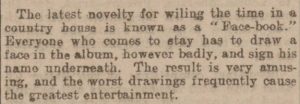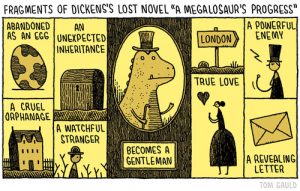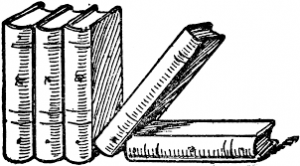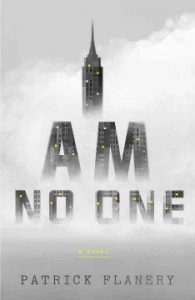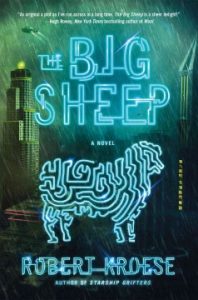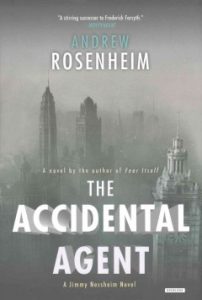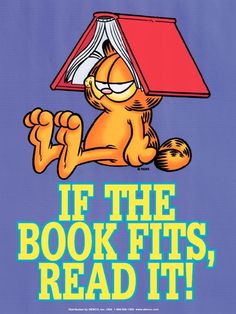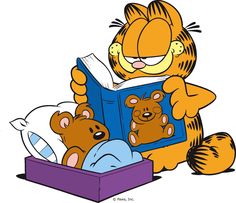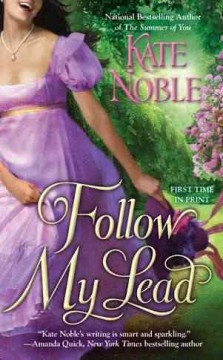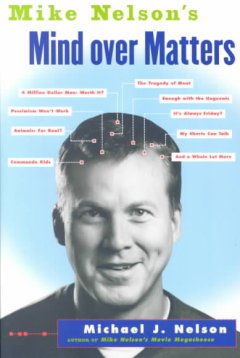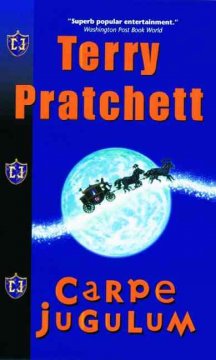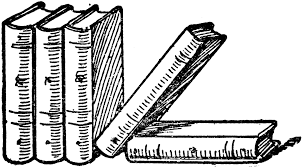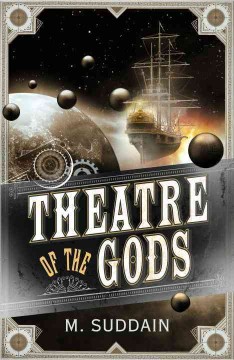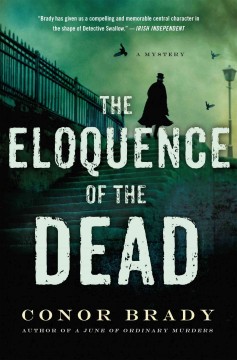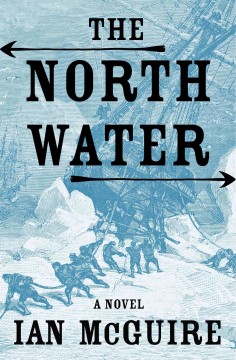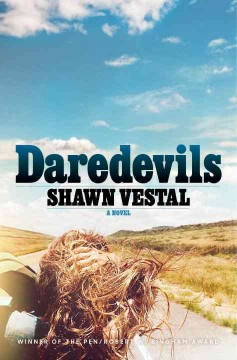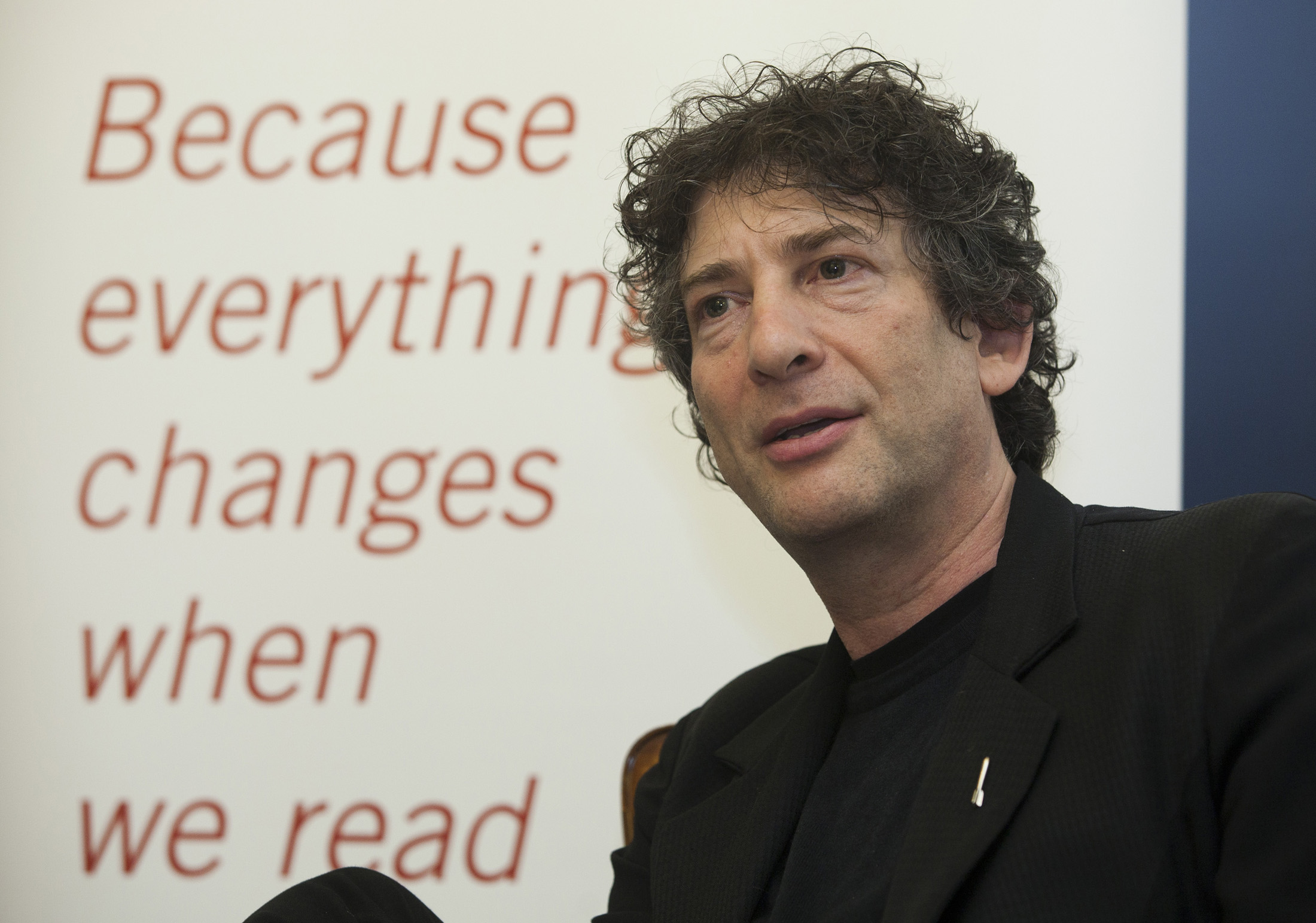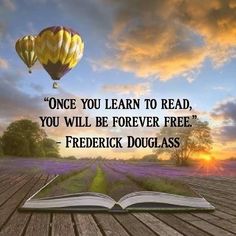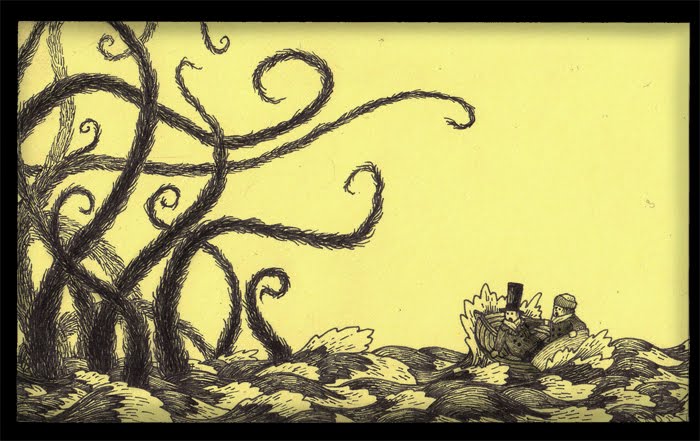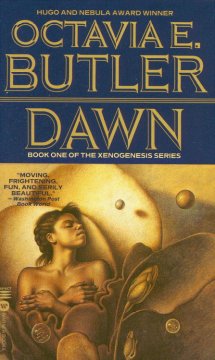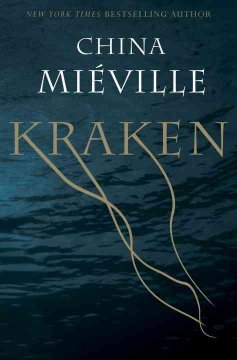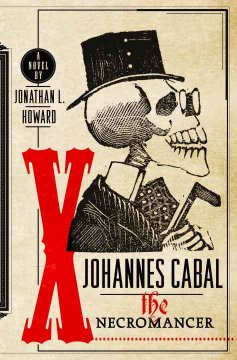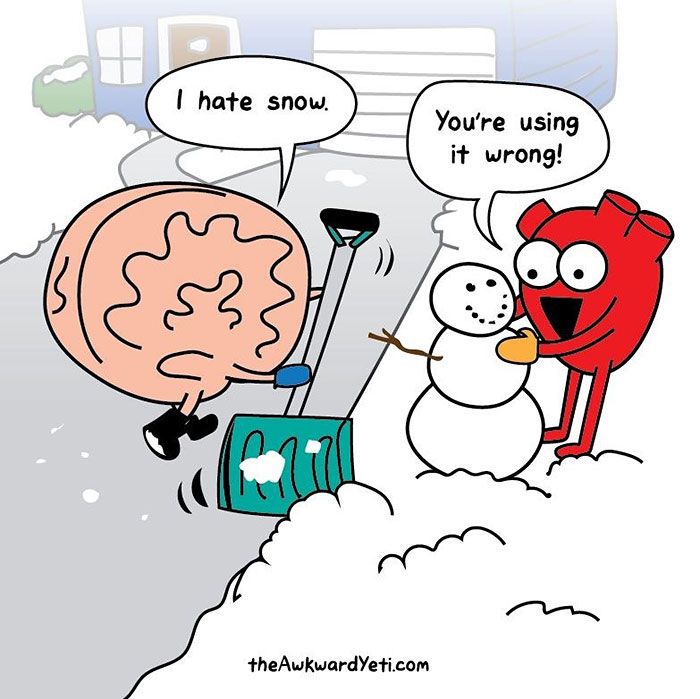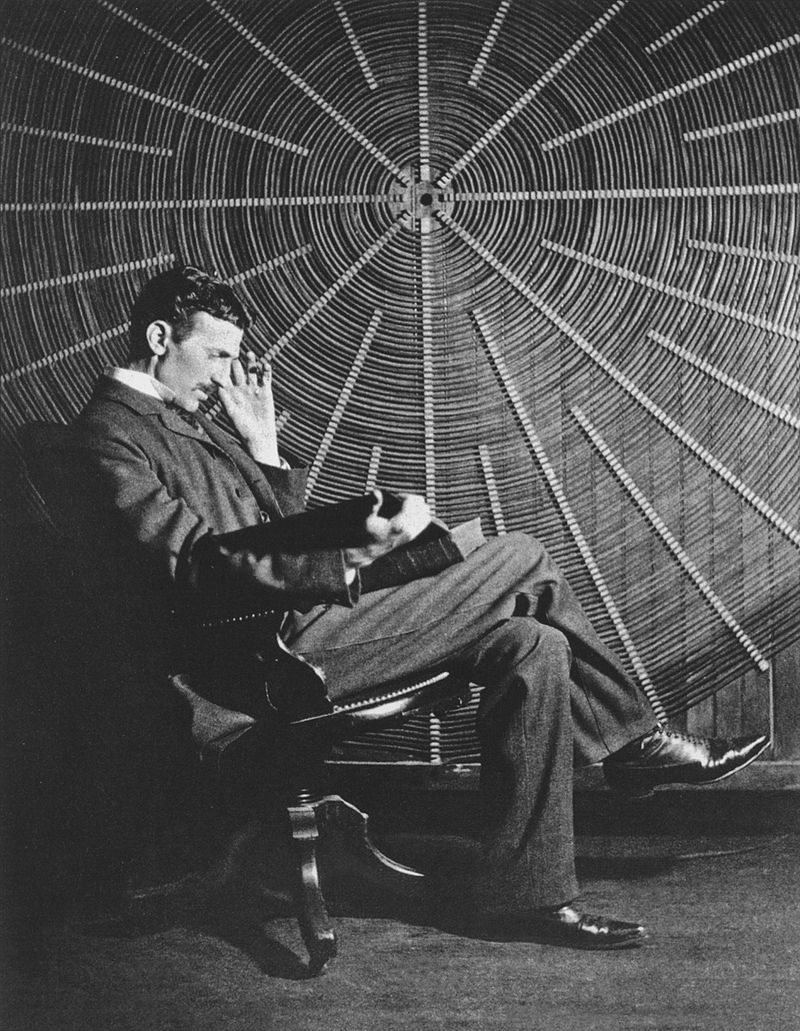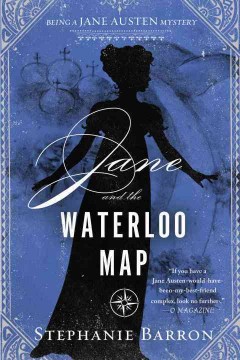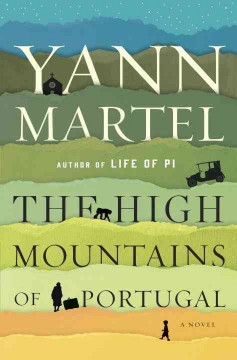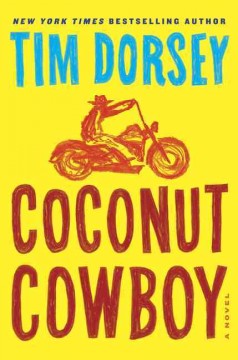In a world that currently bears a god resemblance to a little child preparing to hold its face until it turns blue or gets a cookie, it’s nice to remember that there are some really impressive, inspiring, and creative things going on out there. And this week, we got to see some of the most impressive, inspiring, and creative things in the form of the Nobel Prize Awards.

From their wonderfully informative website, “Since 1901, the Nobel Prize has been honoring men and women from all corners of the globe for outstanding achievements in physics, chemistry, physiology or medicine, literature, and for work in peace. The foundations for the prize were laid in 1895 when Alfred Nobel wrote his last will, leaving much of his wealth to the establishment of the Nobel Prize.” Alfred Nobel himself was born in Stockholm in 1833 into a family of engineers. After enduring bankruptcy, Alfred’s father moved the family to St. Petersburg where he started a mechanical workshop for the manufacture of land mines. Alfred was drawn to chemistry from a young age (in addition to conversant in five languages),and was able to mix and mingle with some of of the smartest brains in the western world.
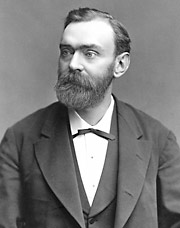 Unfortunately for his family, the end Crimean War in 1856 meant that Europe didn’t need a great deal of war materiel, and the family company went bankrupt again. Alfred’s parents and younger siblings moved back to Sweden, while Alfred and his older brothers remained in St. Petersburg and began trying to put their business affairs back into order. It was at this time that one of Alfred’s tutors reminded him of the enormous potential of nitroglycerine, which had been discovered (developed?) in 1847; according to historic legend, the tutor by pouring a few drops of nitroglycerine on an anvil, striking it with a hammer, and producing a loud bang. But only the liquid that came into contact with the hammer exploded. The rest of the liquid was not affected. Alfred decided to take the potential of this new substance and run with it, conducting a number of highly dangerous experiments that ended with him finding a way to combine nitroglycerine and gunpowder in a single device that kept the two separate until they were ignited, resulting in….dynamite.
Unfortunately for his family, the end Crimean War in 1856 meant that Europe didn’t need a great deal of war materiel, and the family company went bankrupt again. Alfred’s parents and younger siblings moved back to Sweden, while Alfred and his older brothers remained in St. Petersburg and began trying to put their business affairs back into order. It was at this time that one of Alfred’s tutors reminded him of the enormous potential of nitroglycerine, which had been discovered (developed?) in 1847; according to historic legend, the tutor by pouring a few drops of nitroglycerine on an anvil, striking it with a hammer, and producing a loud bang. But only the liquid that came into contact with the hammer exploded. The rest of the liquid was not affected. Alfred decided to take the potential of this new substance and run with it, conducting a number of highly dangerous experiments that ended with him finding a way to combine nitroglycerine and gunpowder in a single device that kept the two separate until they were ignited, resulting in….dynamite.
For a family that made its fortune (several times over) on weaponry and tools of destruction, Alfred’s invention proved lucrative indeed, and he never looked back, even after a major explosion at the Nobel factory in Stockholm in September 1864 claimed the lives of Alfred’s brother Emil and four other people. He continued to work on his dynamite, perfecting the weapon, and developing new forms of gelatin-based explosives.
However, Nobel was also something of a philosopher, and his writings reveal a man who truly believed that the study of science should lead mankind to better itself, and the world around it. He had long considered the idea of giving his considerable fortunes away on his death, but in 1888, his brother Ludvig passed away. Several French newspapers (Nobel was living in France at this point) published obituaries naming Alfred in error. One particularly note-worthy headline read “Le marchand de la mort est mort” (“The merchant of death is dead”). Alfred was deeply troubled by the headline and its implications, and even moreso by the rest of the article, which read, in part: “Dr. Alfred Nobel, who became rich by finding ways to kill more people faster than ever before, died yesterday.” And so, in a effort to put his legacy to rights, Nobel decided that, upon his death, his money would be used to to establish a prize that would be awarded without consideration of nationality to those who used science, literature, and action to better the world, and prevent conflict. While the endowment he left was considerable (1.6 billion British Pounds in 1895), good management means that the Noble Prize currently has a capital of around $472 million or 337 million Euros.
Though there are plenty of reasons to see the Nobel Award as a kind of historical eraser to the damage that Nobel’s inventions did and continues to do on the world and its population, it is also important to realize the enormous impact that its winners have had on the world, and the influence it extends to those who make a difference. So let’s take a moment today to celebrate the good stuff, and congratulate this years’ Nobel Prize Winners, listed below:
*Note: The Nobel Prize in Literature will be announced on Thursday. This post will be updated to reflect that award on announcement, so watch this space!
The Nobel Prize in Physics 2016
David J. Thouless, F. Duncan M. Haldane and J. Michael Kosterlitz
“for theoretical discoveries of topological phase transitions and topological phases of matter”
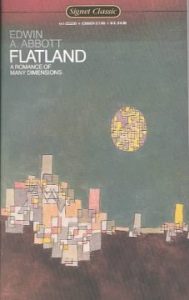 Essentially (to my very non-mathematically oriented brain), these three gentlemen used quantum physics to make predictions and insight into matter that is so thin as to be considered two dimensional, as well as material at absolute zero (when molecular movement ceases). Ultimately, these calculations will be useful for new generations of electronics and superconductors, or in future quantum computers. To learn more, you can read this publication by the Nobel Society, or check out Edward Abbott’s Flatland, an 1884 novel that Abbott wrote for his students to teach them about dimensionality and geometry. It’s surprisingly funny, fascinatingly insightful, and actually provided the impetus for these three Nobel Prize winners to begin their study.
Essentially (to my very non-mathematically oriented brain), these three gentlemen used quantum physics to make predictions and insight into matter that is so thin as to be considered two dimensional, as well as material at absolute zero (when molecular movement ceases). Ultimately, these calculations will be useful for new generations of electronics and superconductors, or in future quantum computers. To learn more, you can read this publication by the Nobel Society, or check out Edward Abbott’s Flatland, an 1884 novel that Abbott wrote for his students to teach them about dimensionality and geometry. It’s surprisingly funny, fascinatingly insightful, and actually provided the impetus for these three Nobel Prize winners to begin their study.
The Nobel Prize in Chemistry 2016
Jean-Pierre Sauvage, Sir J. Fraser Stoddart and Bernard L. Feringa
“for the design and synthesis of molecular machines”
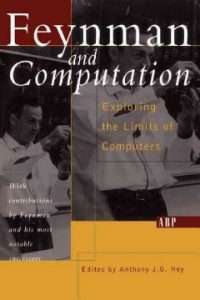 Though the mechanical engine has been around for roughly two centuries, humans really haven’t evolved the device beyond its initial configuration. Not only have these three chemists made huge leaps towards making tiny, tiny, tiny engines (thousands of times smaller than a human hair!), they also bring the mechanical engine closer to a living, or at least organic thing that can perform controlled tasks (rather than running themselves until they break down like a car engine). These findings could lead to new kinds of batteries, as well as tinier and tinier computers. To learn more, you can check out this information provided by the Nobel Committee, or check out the writings of Richard Feynman. Himself a Nobel Prize winner, Feynman first introduced the idea of evolving the engine into smaller and more productive forms, and give this years’ winners the inspiration.
Though the mechanical engine has been around for roughly two centuries, humans really haven’t evolved the device beyond its initial configuration. Not only have these three chemists made huge leaps towards making tiny, tiny, tiny engines (thousands of times smaller than a human hair!), they also bring the mechanical engine closer to a living, or at least organic thing that can perform controlled tasks (rather than running themselves until they break down like a car engine). These findings could lead to new kinds of batteries, as well as tinier and tinier computers. To learn more, you can check out this information provided by the Nobel Committee, or check out the writings of Richard Feynman. Himself a Nobel Prize winner, Feynman first introduced the idea of evolving the engine into smaller and more productive forms, and give this years’ winners the inspiration.
The Nobel Prize in Physiology or Medicine 2016
Yoshinori Ohsumi
“for his discoveries of mechanisms for autophagy”
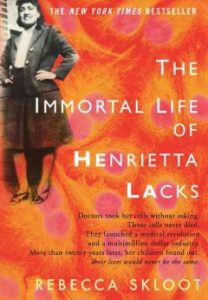 The word autophagy originates from the Greek words auto-, meaning “self”, and phagein, meaning “to eat”. Thus,autophagy denotes “self eating”…but not like cannibalism. Instead, Dr. Ohsumi radically evolved our understanding of how the cell recycles its content. Though studying yeast cells, Ohsumi realized that there was a cellular process that promotes cellular degradation and regeneration, making healthier, stronger yeast. The same process is present in humans, (visible when you have an infection, and the body breaks down its infected cells and makes new, healthy, potentially immunized ones, or when fat cells are broken down during exercise and muscles develop). Though we have known about this process, Dr. Ohsumi’s research has provided insight onto how we might learn to recognize and regulate this process to potentially help treat conditions like diabetes and Parkinson’s Disease. For more information, you can read this publication from the good Nobel People, as well as Rebecca Skloot’s incredible The Immortal Life of Henrietta Lacks, which gives an unforgettably human face to the history of human cellular research.
The word autophagy originates from the Greek words auto-, meaning “self”, and phagein, meaning “to eat”. Thus,autophagy denotes “self eating”…but not like cannibalism. Instead, Dr. Ohsumi radically evolved our understanding of how the cell recycles its content. Though studying yeast cells, Ohsumi realized that there was a cellular process that promotes cellular degradation and regeneration, making healthier, stronger yeast. The same process is present in humans, (visible when you have an infection, and the body breaks down its infected cells and makes new, healthy, potentially immunized ones, or when fat cells are broken down during exercise and muscles develop). Though we have known about this process, Dr. Ohsumi’s research has provided insight onto how we might learn to recognize and regulate this process to potentially help treat conditions like diabetes and Parkinson’s Disease. For more information, you can read this publication from the good Nobel People, as well as Rebecca Skloot’s incredible The Immortal Life of Henrietta Lacks, which gives an unforgettably human face to the history of human cellular research.
The Nobel Prize in Literature 2016
The 2016 Nobel Prize in Literature has not been awarded yet. It will be announced on Thursday 13 October, 1:00 p.m. CET at the earliest.
The Nobel Peace Prize 2016
Juan Manuel Santos
“for his resolute efforts to bring the country’s more than 50-year-long civil war to an end”
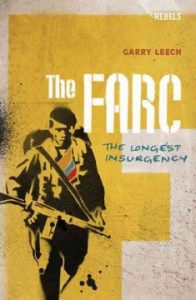 As the President of Columbia, Juan Manuel Santos has worked to find a peaceful end to his country’s 52-year civil war, reaching a peace agreement with the Farc rebel group last month, which has since been rejected by voters in a referendum. Nevertheless, a definitive ceasefire has been negotiated with Farc, originally established as an armed wing of the international Communist party, which has been maintained during continued negotiations. On Twitter, Farc leader Timochenko said: “I congratulate President Juan Manuel Santos, Cuba and Norway, who sponsored the process, and Venezuela and Chile, who assisted it, without them, peace would be impossible.” Santos announced that he will be donating all of the $1 million prize to conflict victims. To read more about Columbia’s half-century of violence, check out The FARC: The Longest Insurgency, by Garry Leech, and try the work of Nobel Prize-winning author Gabriel Garcia Marquez if you are itching for a little armchair wandering through literary Columbia.
As the President of Columbia, Juan Manuel Santos has worked to find a peaceful end to his country’s 52-year civil war, reaching a peace agreement with the Farc rebel group last month, which has since been rejected by voters in a referendum. Nevertheless, a definitive ceasefire has been negotiated with Farc, originally established as an armed wing of the international Communist party, which has been maintained during continued negotiations. On Twitter, Farc leader Timochenko said: “I congratulate President Juan Manuel Santos, Cuba and Norway, who sponsored the process, and Venezuela and Chile, who assisted it, without them, peace would be impossible.” Santos announced that he will be donating all of the $1 million prize to conflict victims. To read more about Columbia’s half-century of violence, check out The FARC: The Longest Insurgency, by Garry Leech, and try the work of Nobel Prize-winning author Gabriel Garcia Marquez if you are itching for a little armchair wandering through literary Columbia.

